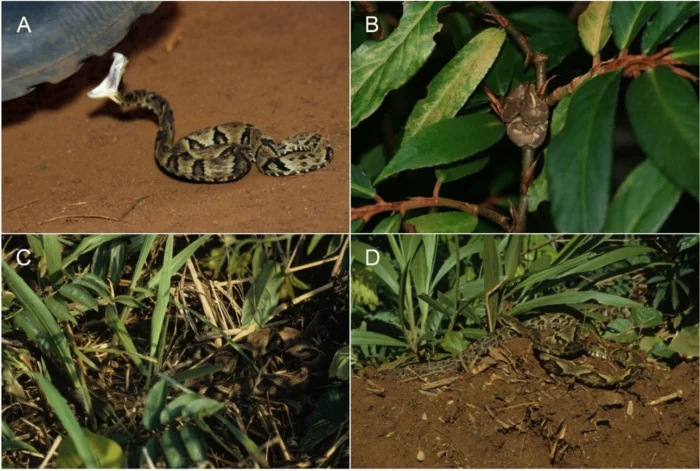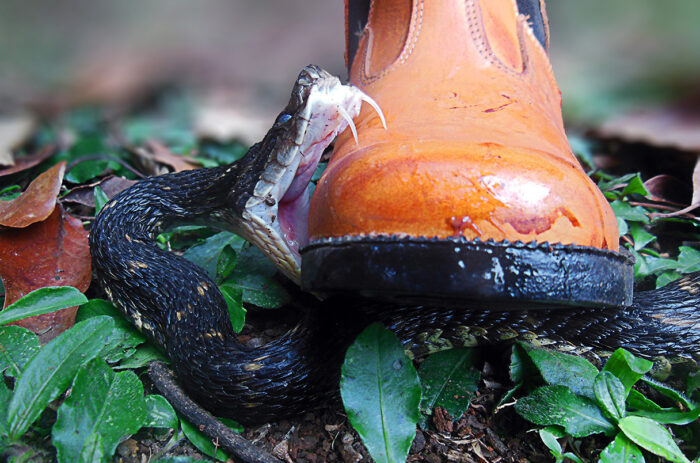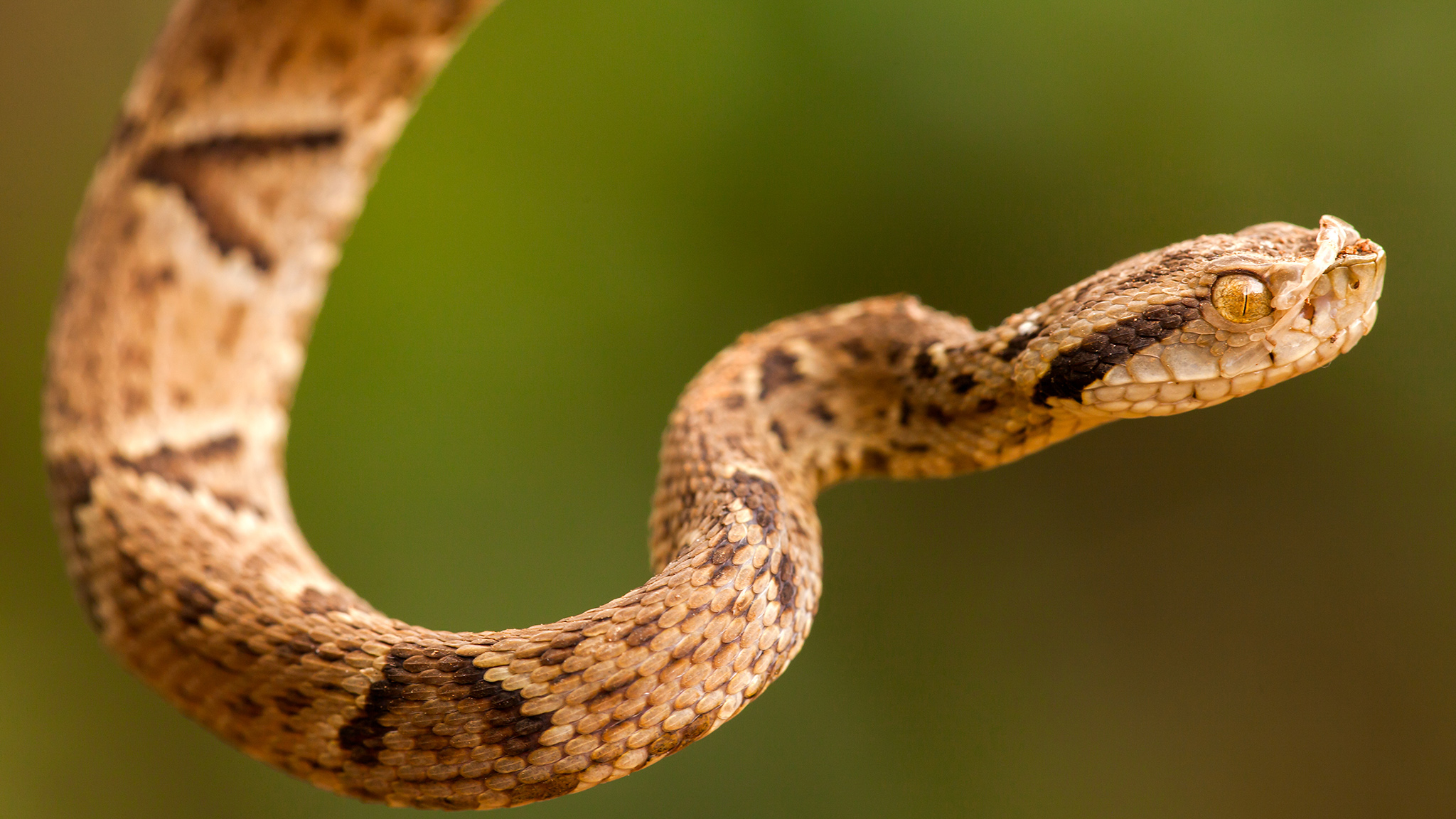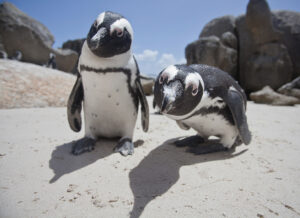The jararaca is one of South America’s most venomous snakes, so you probably want to avoid stepping on one at all costs. Unless you’re Joao Miguel Alves-Nunes, a biologist at Brazil’s Butantan Institute. In which case, your approach to studying jararacas’ biting behavior is to step on them (gently) 40,000 times.
“The best way to do this research is to put snakes and a human together. In this case, the human was me,” the bold researcher told Science. “We put the snakes inside a ring on the floor of our lab until they got used to it, then I stepped in wearing special protective boots.
“I stepped close to the snake and also lightly on top of it. But I didn’t put my whole weight on my foot, so I did not hurt the snakes. I tested 116 animals and stepped 30 times on every animal, totaling 40,480 steps.”

A figure from the paper ‘Study of defensive behavior of a venomous snake as a new approach to understanding snakebite,’ published earlier this month in the journal ‘Scientific Reports.’ Photo: Joao Miguel Alves-Nunes et al.
Bite only when stepped on?
Alves-Nunes wanted to test the common assumption that jararacas only bite when stepped on, a bit of local wisdom that eventually proved false. The scientist eventually found that many of the animals bit when he got close to them and that the snakes became more aggressive in warmer temperatures.
He also discovered that smaller specimens, especially younger females, were more likely to bite. Finally, snakes were also more likely to be aggressive during the day. Alves-Nunes published his research in the journal Scientific Reports.
The scientist’s protective equipment consisted of sturdy, knee-high leather boots reinforced with protective foam. During the 40,000 tests, not a single jararaca bite penetrated. Unfortunately, a side test involving a rattlesnake bite yielded different results — the snake’s powerful chomp made it through the boot.

Science in action. Photo: Joao Miguel Alves-Nunes
He’s allergic both to venom and antivenom
As Alves-Nunes tells it, the Butantan Institute is a leader in snake bite treatments, and he was immediately well cared for. But in a case of cosmically bad luck for a scientist who works with deadly snakes, Alves-Nunes discovered he was allergic to both rattlesnake venom and the antivenom used to treat his wound. He had to take a 15-day medical leave.
Still, the researcher was undaunted. After reinforcing his boots, he was back in the ring with jararacas.
“The hard part is that after my accident, some people started to see me as reckless. And that is not true,” insisted Alves-Nunes.
“I ran these experiments with a solid scientific base, followed the same protocol thousands of times, and had only one accident. And from that accident, a research question was born: I am now comparing the bite strength of rattlesnakes and jararacas and how resistant different materials and shoes are to them.”






